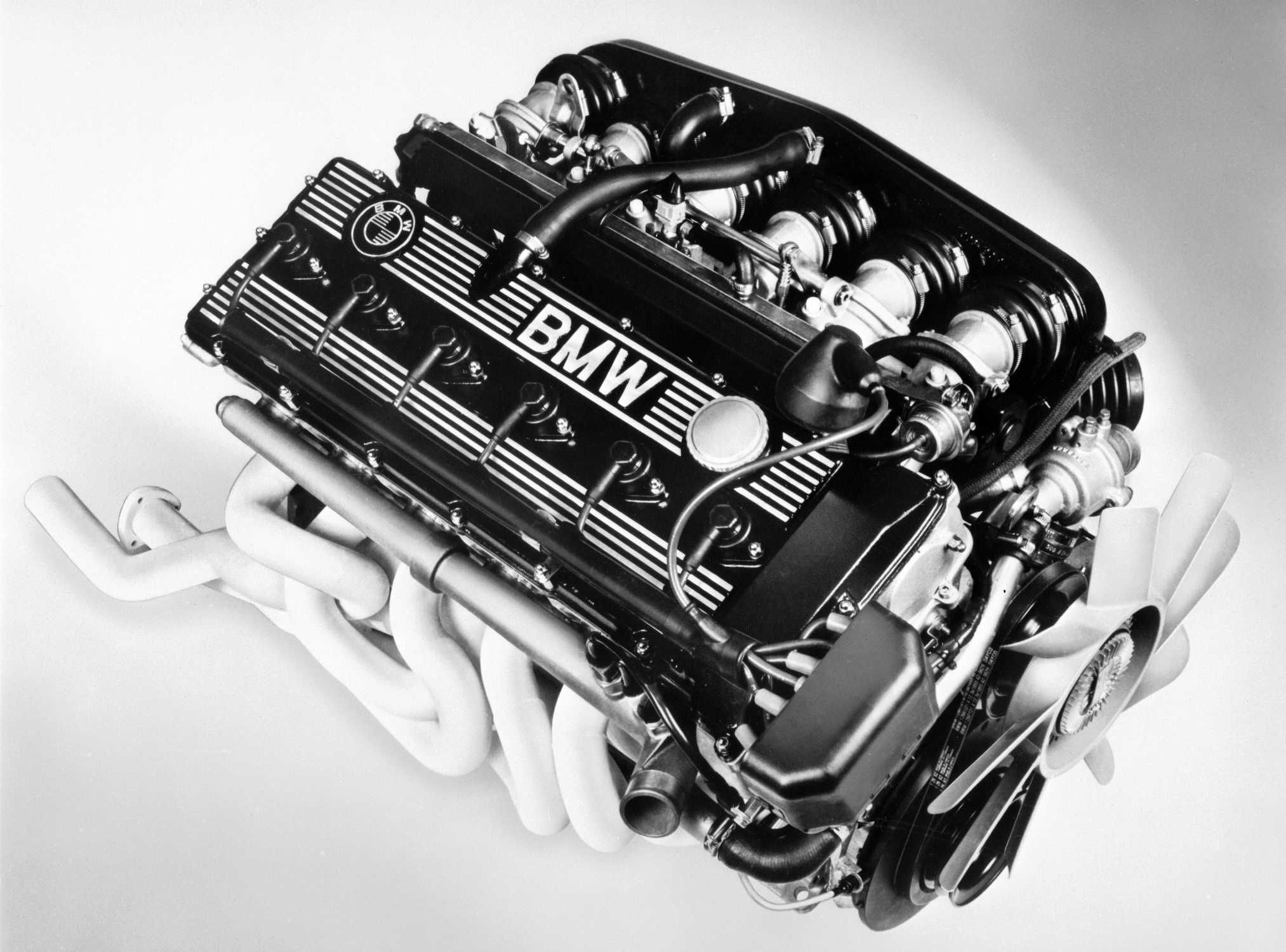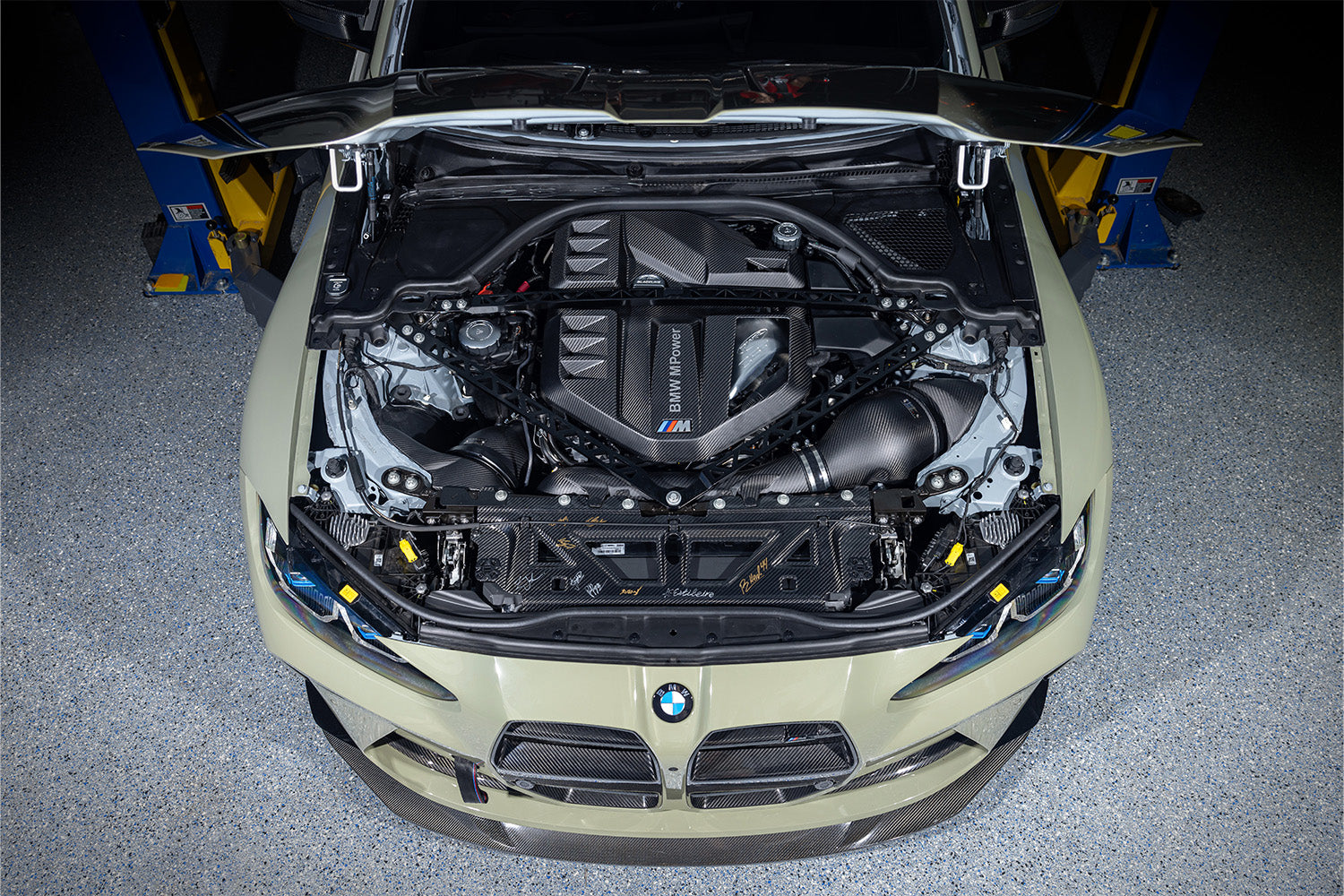Discovering the Performance Enhancements of the most up to date BMW Engine Versions
Discovering the Performance Enhancements of the most up to date BMW Engine Versions
Blog Article
Exploring the Development of Combustion Engines in Modern Transport Solutions
As we navigate the landscape of contemporary transportation, the evolution of combustion engines stands as a testimony to human ingenuity and engineering expertise. The interaction of history, technology, and environmental problems in forming the trajectory of combustion engines develops a narrative that is both compelling and informative.
Early Beginnings of Combustion Engines
How did the idea of burning engines first emerge in the very early stages of transportation advancement? The origins of combustion engines can be traced back to the 17th century when the concepts of internal combustion were very first explored.
The advancement minute came with the creation of the initial effective gasoline-powered engine by Karl Benz in 1885 - bmw engine. This engine led the way for the growth of the modern-day automobile, reinventing transport systems worldwide. Subsequent advancements by Nikolaus Otto and Gottlieb Daimler better refined combustion engine innovation, bring about the mass production of vehicles and the quick development of the transport industry
These early combustion engines were defined by their simpleness and performance, laying the structure for the facility and effective engines made use of in modern-day transport systems. The advancement of burning engines has actually contributed in forming the way we travel and carry products, noting a substantial landmark in the background of transport growth.
Shift to Internal Combustion Technology
The shift to inner combustion technology marked a critical shift in the development of transport systems. This shift began in the late 19th century, with inventors like Nikolaus Otto and Gottlieb Daimler developing the initial effective interior burning engines. These engines changed transport by supplying a more powerful and efficient choice to vapor engines and electrical motors.
Among the vital benefits of internal burning engines was their capacity to be reduced to fit right into lorries, bring about the advancement of vehicles and motorcycles. This shift from large, fixed engines to small, mobile ones led the way for the modern transportation systems we see today.
The change to interior combustion innovation also spurred developments in gas technology, causing the development of gas and diesel as key fuel resources for vehicles. This change not just made transport much more available to the masses however additionally laid the structure for the oil and gas market to come to be integral to worldwide economic climates.
Effect of Combustion Engines on Transportation
The adoption of burning engines in transport systems militarized a profound shift in the performance and speed of international movement. Burning engines changed transportation by offering a flexible and trustworthy resource of power for various cars, consisting of vehicles, ships, vehicles, and aircrafts. This development considerably improved the capability for products and individuals to conform lengthy distances in shorter time frameworks, causing boosted connection in between regions and nations.
Moreover, Visit This Link the extensive use combustion engines has had a significant influence on economic development. The ability to carry products effectively has spurred profession and business, enabling services to broaden their markets and reach customers worldwide. This has helped with economic growth and globalization, as products can currently be moved much faster and in bigger amounts than in the past.
Nevertheless, the environmental influence of combustion engines can not be overlooked. The burning of fossil gas has led to air contamination and greenhouse gas discharges, contributing to environment modification and positioning health dangers to populations. bmw engine. As a result, there is an expanding emphasis on creating alternate propulsion technologies to minimize these unfavorable effects and develop a much more lasting future for transport
Developments in Burning Engine Style
One remarkable technology is the growth of turbocharged engines, which utilize exhaust gases to drive a wind turbine that compresses incoming air, allowing for even more gas to be scorched, resulting in boosted power outcome without a significant increase in engine dimension. Variable shutoff timing systems have actually also revolutionized engine design by maximizing air movement at various engine speeds, enhancing both power and performance. These technologies jointly contribute to the continuous renovation of burning engines in modern transportation systems.
Future Fads in Burning Engine Development
With technology innovations driving constant development, the future of combustion engine growth is poised to reinvent transportation systems globally. One of the crucial patterns in try this out burning engine advancement is the press towards better effectiveness and minimized emissions.
Another noticeable pattern is the fostering of crossbreed innovations in combustion engines. Hybrid engines incorporate traditional combustion modern technology with electrical power, supplying enhanced fuel efficiency and reduced emissions. As the automotive market shifts in the direction of electrification, hybrid burning engines are seen as a transitional solution that bridges the void between traditional lorries and completely electrical ones.
Furthermore, the assimilation of smart modern technologies, such as artificial intelligence and data analytics, is expected to play a significant role in the future of combustion engine development. These innovations can optimize engine efficiency in real-time, leading to more efficient burning procedures and boosted total lorry efficiency. Welcoming these future fads will certainly not only drive technology in combustion engine development however also contribute to a more environmentally friendly and sustainable transportation ecosystem.

Conclusion
Finally, the evolution of combustion engines in modern-day transportation systems has actually been see here now marked by substantial developments in modern technology and layout. From the very early beginnings of combustion engines to the shift to internal combustion innovation, these engines have had an extensive effect on transportation. Developments in burning engine style proceed to drive development in this field, with future trends concentrating on additional boosting efficiency and lowering emissions. The future of burning engines in transportation looks encouraging as r & d initiatives proceed to push boundaries.
The roots of combustion engines can be mapped back to the 17th century when the concepts of inner burning were first checked out. These engines revolutionized transportation by supplying a more reliable and effective alternative to heavy steam engines and electric motors.

Report this page